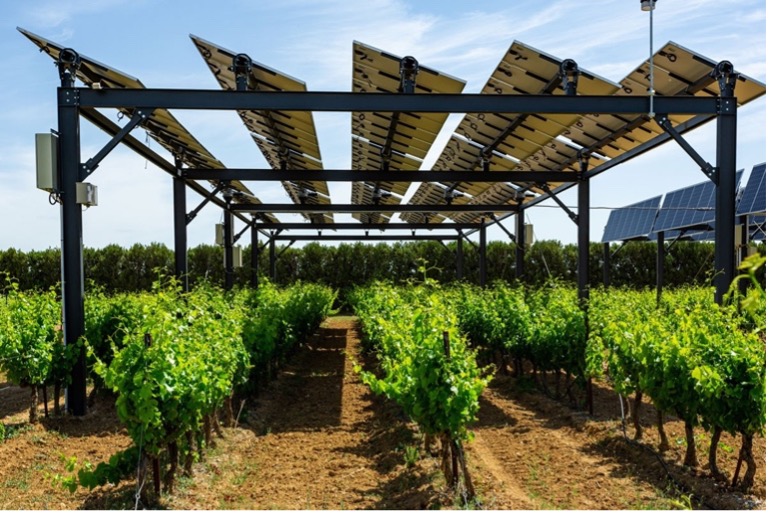WEF-CAP presents Dynamic Agrivoltaism Solutions, a new tool to protect crops

The Mediterranean Region is facing climate pressures, at different levels. Water, energy & food (WEF) NEXUS solutions are a need and a must for the forthcoming years. Therefore, we need to learn what is working, what is not, what is promising, and what can be capitalized. For such purpose, the WEF- CAP partnership has started to map and understand existing trends and barriers that prevent key gems hidden in our region, to be replicated.
Among those initially mapped by the project, the most relevant ones will be summarized during the forthcoming weeks, trying to raise their visibility and extracting key learning facts to be fully disclosed to the Mediterranean Region.The initial mapped set of practices reveal a common trend of international coverage in terms of geographic scale, starting in mid Technology Readiness Levels (TRL) to reach a high TRL. Besides, most of the practices are mission-oriented ecosystems in terms of value creation, while the greatest part of them is at the adoption deployment or pilot implementation technological development phase. Specific profiles per country are provided to understand the geographical scale, the value created, the institutions driving the practices, the technological development phase of the practices or the funding received, considering the starting and final achieved TRL.
The best practice presented today is offered by Sun'Agri and it is related to the installation of mobile agrivoltaic blinds over 4.5ha of vines to protect them from climatic hazards, and from heat, sunburn, and frost. Viticulture is the first agricultural sector to benefit from the Dynamic Agrivoltaism Solution (AVD) in terms of area.

Experimental data on vines under panels of different sizes were carried out in 2018 and 2019 on the Montpellier SupAgro campus, supplemented by a history of experiments from INRAE in Pech Rouge on a fixed device since 2016.
In 2018, young vine plants were planted in the Nidolères area (Tresserre) over 7.5ha, above which the first AVD demonstrator is built over 4.5ha agronomically monitored by the Pyrénées-Orientales Chamber of Agriculture (CA66).
In parallel, the commissioning of an experimental system in 2019 in Piolenc (Grenache grape variety planted in 2000) provides many results analyzed by the Chamber of Agriculture of Vaucluse (CA84) and INRAE.
More information are available here: https://sunagri.fr/en/









